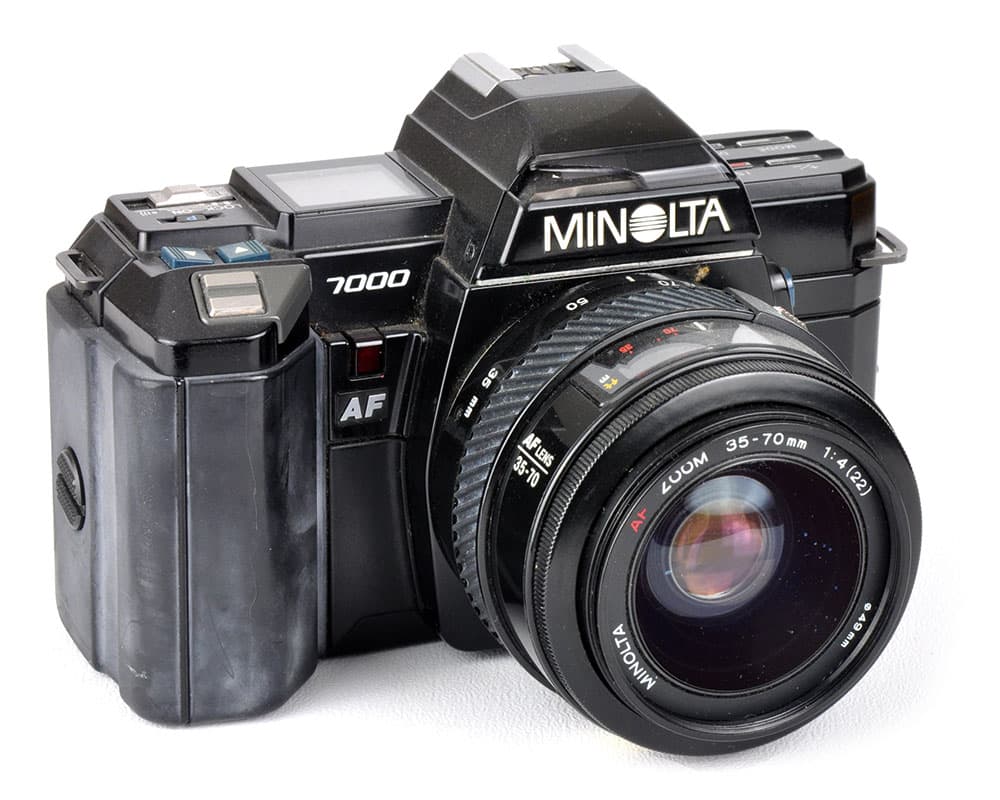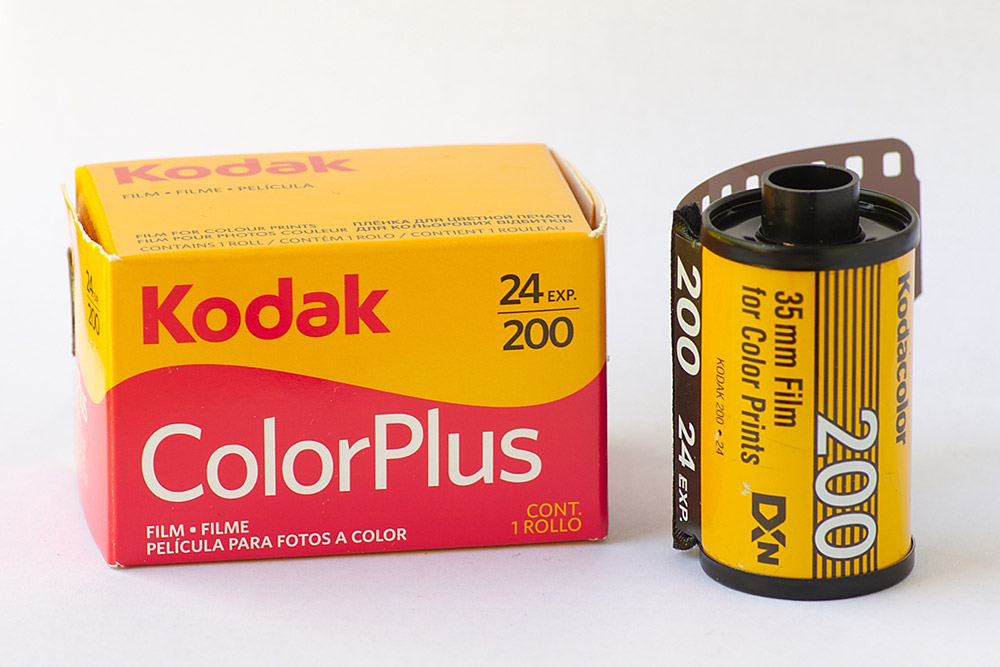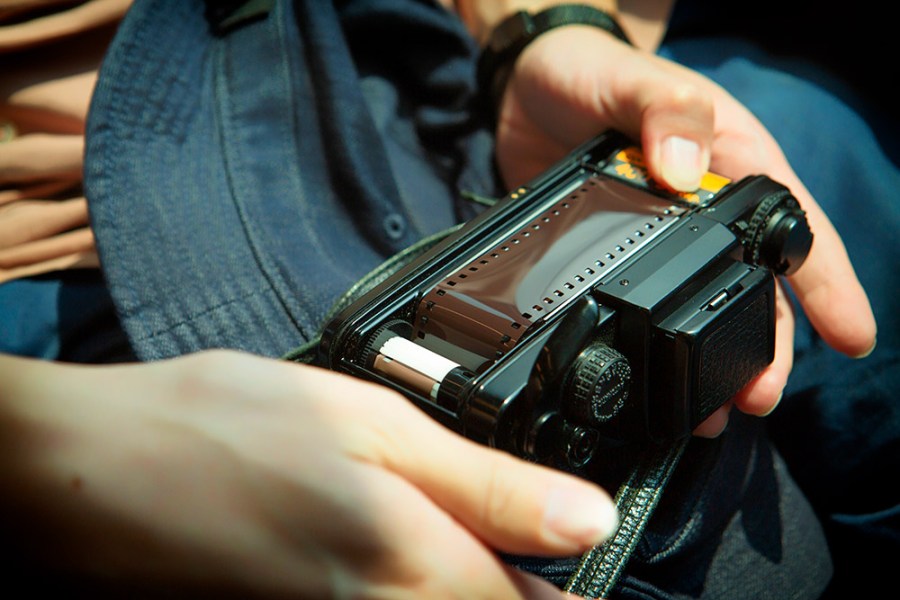Over the past few years, we’ve paid a lot of attention to the ongoing film photography boom, with film proving particular popular with younger photographers into street and portrait work.
The reasons are several. First, there is the general ‘hipster’ interest in what is seen as older, more ‘authentic’ products and technology, which can be seen in everything from clothes and hairstyles, through to cars, motorbikes, furniture and demand for music on vinyl.
Then, there is boredom with predictable digital sterility, as having a new phone with fancy camera features is hardly anything to boast about any more (the latest iPhone aside). Finally, there is the novelty factor. For younger photographers who missed out on the joys of film photography and film development the first time around, it’s all new and exciting.
And this trend is continuing all over the world. In a recent interview with the Japanese radio station TBS Radio, Yoshiteru Hanabusa, camera specialist at the Komehyo second-hand goods store, discussed the increase in demand (as reported by digicameinfo.com)
Film photography: big in Japan
‘The popularity of film cameras has really rekindled, and sales have increased by more than 1.5 times compared to about a year ago,’ said Hanabusa. ‘Popular models include compact film cameras such as those from Contax, Ricoh, Fujifilm, and Minolta. Popular interchangeable lens film cameras include those from Leica, Nikon, and Olympus.’

Minolta has long gone but both its compacts and SLRs remain popular as an affordable way to enjoy film photography
‘When it comes to who is buying it, it seems that it is the younger generation in their teens to 20s,’ Hanabusa added. ‘Although there are many older film camera enthusiasts and collectors, it seems that in recent years it has been attracting attention from the younger generation.
Many people also scan the image onto their smartphone once it is developed, and show it off on social media. So film cameras are certainly popular, but the culture of printing and sharing them seems to be different than in the past.’
However, Hanabusa cited the increasing cost of film as potentially putting a brake on the boom. ‘Right now, the price of film has skyrocketed. Film that sold for around 500 yen (about £2.60) a roll five or six years ago now costs around 1,500 to 2,000 yen.So, it’s three to four times more expensive.’

The increasing cost of producing film, coupled with rising demand and higher logistics costs, have led to a global film price hike
Film photography still popular in the UK, too
Back in the UK, specialist retailers of analogue cameras and accessories also report buoyant demand, despite the global price hikes in film, as manufacturers struggle to keep up with demand – while facing rising production and transportation costs.
‘The general demand for film photography is definitely growing year on year, ‘ noted Karen Freer, marketing manager at Analogue Wonderland, which supplies film and development services. ‘We definitely saw it dropping a bit when Kodak wasn’t able to supply colour film, but as a business we can see strong demand for all our services.’
This was backed up by Alister Bowie, from Scottish analogue specialist, Ffordes. ‘The buzz from our customers is still there, and it’s also got much easier now to get film into stock.’
Further reading
How to do film photography on a budget
Dan Rubin’s film photography and scanning tips
Analogue street photography tips
How to get creative with analogue photography








